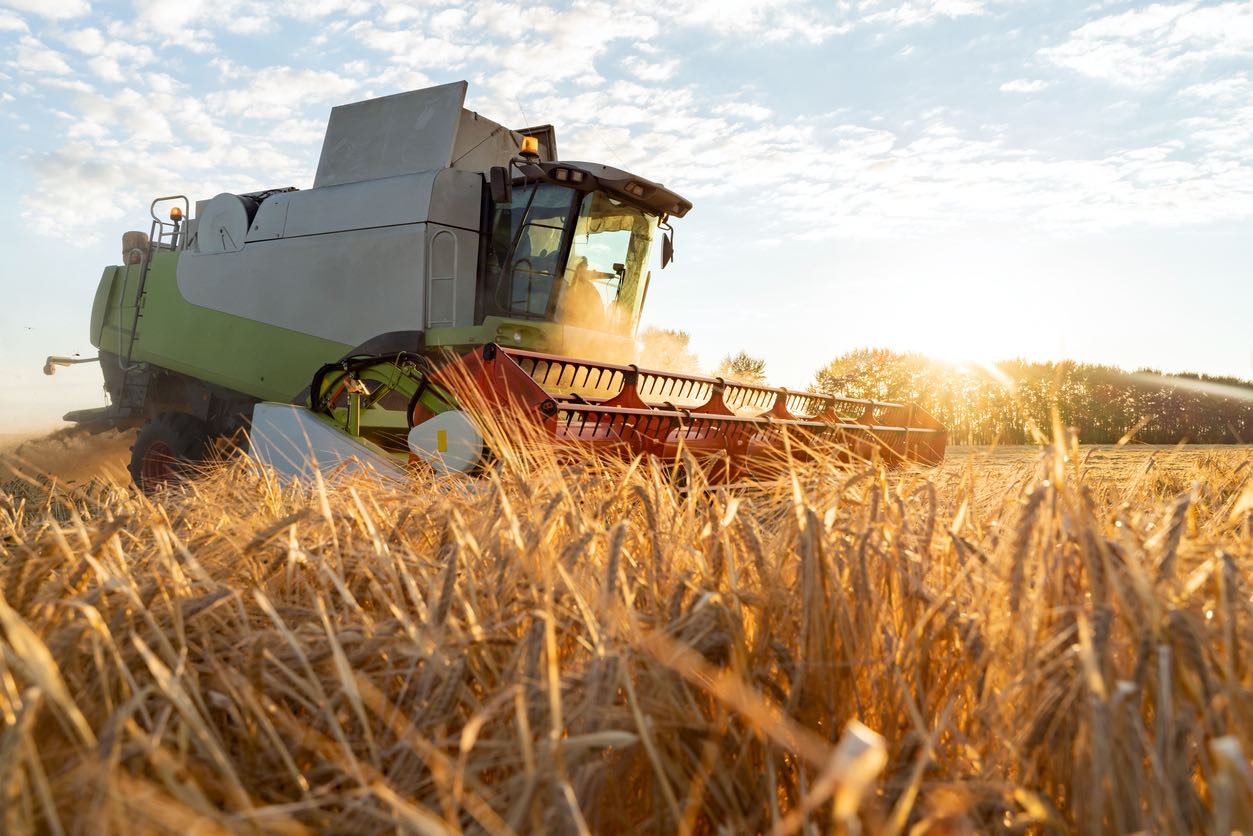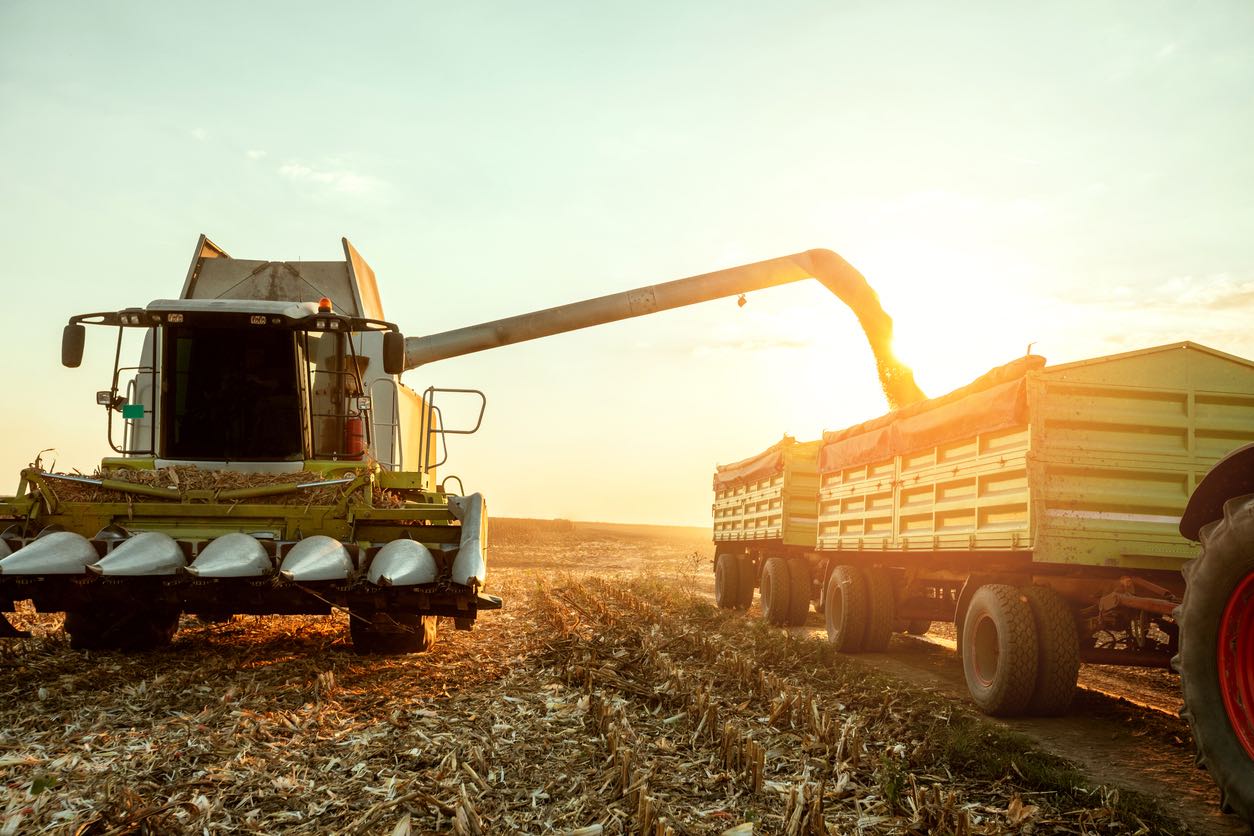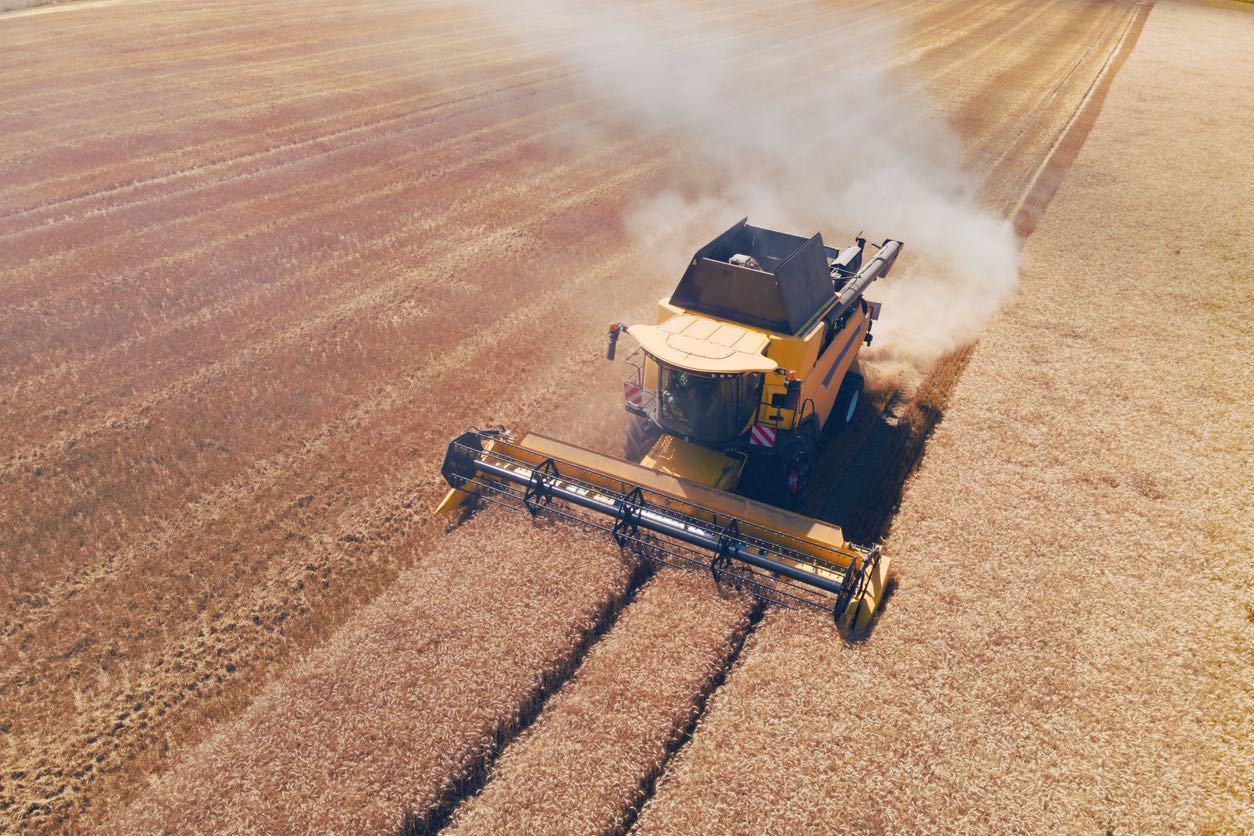The Significance of the Proclamation
Leading the way in assisting its farming sector has long been Iowa, a state known for its vast agricultural vistas. Under the direction of Governor Kim Reynolds, the state’s government has taken a critical step in acknowledging the difficulties and demands of harvest season. This latest proclamation permits trucks to transport particular agricultural products with overweight loads, demonstrating the state’s continued dedication to its agricultural foundation. By doing this, the state not only recognizes the practical difficulties farmers have, but it also provides a workable alternative to expedite the harvesting process. This 30-day grace period may not seem like much, but it may have a significant impact on the productivity and earnings of the farming industry, which makes it an important choice in Iowa’s agricultural history.

A Gesture of Gratitude
Iowan farmers, a state with a rich agricultural history, have expressed their profound gratitude for Governor Reynolds’ recent declaration. Leaders in the farming industry have especially praised this move, which they perceive as a beacon of support. Jolene Riessen, an Ida Grove farmer and the President of the Iowa Corn Growers Association, underscored the proclamation’s revolutionary quality. The state has given farmers a practical answer to logistical problems by allowing the shipment of extra weight. A considerable decrease in the quantity of truckloads required for transportation is the immediate outcome. For these dedicated farmers, this means not only significant time savings but also noteworthy fuel efficiency, which boosts the profitability and sustainability of their businesses even more. A more seamless harvest season is promised by such initiatives, which are highly resonated with the agricultural community in an era where efficiency is important.

Duration and Need
The 30-day proclamation, which will remain in effect until October 11, is not only a hastily chosen measure. It’s a well-planned tactic made to meet the particular requirements of harvest season. Iowa sees an increase in agricultural truck traffic around this time, which causes the roadways to be busier than normal. With the help of this proclamation, harvest items should be transported more effectively and to their intended locations. The state has taken an action that is both necessary and opportune for the agricultural community by acknowledging the needs and obstacles that come with the changing seasons.
Weight Limitations and Compliance
Vehicles are now allowed to transport overweight loads in an effort to promote the delivery of agricultural products. However, it doesn’t imply they can hold an infinite amount of weight. The maximum allowable gross weight of the vehicle is 90,000 pounds. Furthermore, there is a 20,000-pound legal maximum axle weight restriction. These restrictions are not merely made up figures; they have been thoughtfully chosen to guarantee the security of the highways and bridges. By imposing these restrictions, Iowa is protecting the lifetime of its transportation network while also meeting the demands of its farmers. Overloading can result in harm to the infrastructure.
Scope of the Proclamation
Not all situations will fall under the purview of this declaration. It is directed against every highway in the state of Iowa, with the exception of the interstate system. This distinction is important because traffic patterns and restrictions on interstates differ. In this process, the Iowa Department of Public Safety is actively involved. They take an active part in making sure the proclamation’s guidelines are strictly adhered to. Their major duty is to keep an eye on the transportation provided by this proclamation and make sure that public safety is not jeopardized. In doing so, they ensure not only the safety of the occupants but also the efficient operation of vehicles, particularly during the planting season.
Examining the proclamation’s details in more depth reveals that each choice, figure, and regulation has been carefully considered and drafted. It strikes a compromise between assisting the state’s farming community and guaranteeing the effectiveness and safety of state transportation. This strategy demonstrates Iowa’s support for both its farmers and its commitment to sustaining a strong and secure transportation network.

A Snapshot of 2022
Iowa is a shining example of agricultural innovation in the Midwest region of the United States. This expertise was on full show in 2022, when Iowa’s farms covered an astounding 30 million acres, creating an image of endless greenery. The U.S. Department of Agriculture in its extensive study clarified the state’s significant agricultural milestones. A staple of American agriculture, corn was abundantly produced in Iowa, where 12.4 million acres were planted in the crop. This maize harvest yielded a staggering $16.86 billion in worth, thus it was more than simply a quantity crop. Conversely, soybeans, another important commodity, were grown on 10 million acres and yielded a hefty $8.39 billion in revenue. Iowa’s critical role in feeding the country and contributing to the global food supply chain is shown by this statistic.
Iowa has demonstrated its unshakable commitment to its thriving farming economy with its calculated decision to issue 30-day overweight permits during the critical harvest season. This well-considered and intuitive choice immediately tackles the difficulties that farmers confront, particularly during harvest season. Through the reduction of transportation expenses and the optimization of the hauling procedure, the proclamation provides both economic respite and improved operational effectiveness. This program also emphasizes Iowa’s ongoing efforts to support its agricultural industry and the significance of agriculture to the state’s economy. Essentially, Iowa reinforces its role as a supporter of its farmers by taking such deliberate actions, which guarantee their success even in the most trying times.

In the USA, Ship A Car, Inc. has established itself as the industry leader in the broad field of automobile and freight transportation. Their unmatched experience is not just a claim; it is clear from the excellent services they offer to a plethora of happy clients. Their steadfast dedication to client satisfaction is evident in the individualized attention they provide, making sure that every client feels heard and respected. With their wide-ranging nationwide network, you may be sure that no place is out of reach. Furthermore, the business has an unrivaled reputation for treating every shipment with the highest care and professionalism, whether it be a valuable cargo or a valued vehicle. Ship A Car, Inc. is the reliable partner you should choose if you need help with freight shipping, are starting a cross-country move, or are buying a brand-new car. They provide not just prompt delivery but also a simple shipping process catered to your particular needs.
Q1: What is the main purpose of Iowa’s 30-day overweight permit?
A1: The primary objective of the permit is to support Iowa’s farmers during the harvest season by allowing vehicles transporting specific agricultural products to carry overweight loads, thereby reducing transportation costs and increasing efficiency.
Q2: Are there any weight restrictions for vehicles operating under this proclamation?
A2: Yes, vehicles must not exceed 90,000 pounds in gross weight and the legal maximum axle weight limit is capped at 20,000 pounds. They must also adhere to posted weight limits on roads and bridges.




